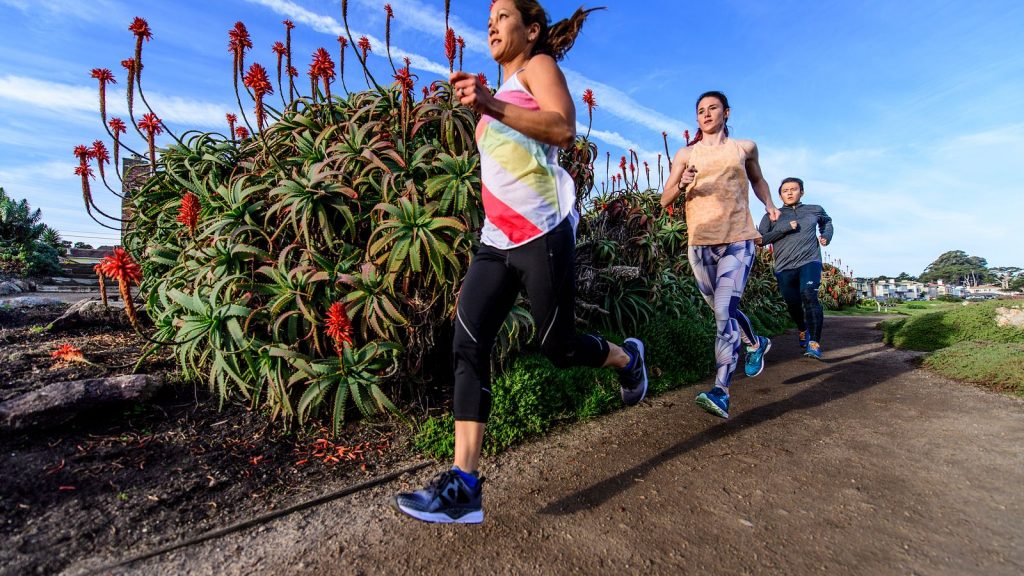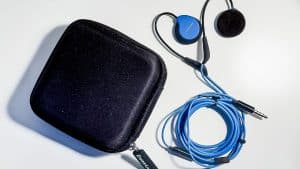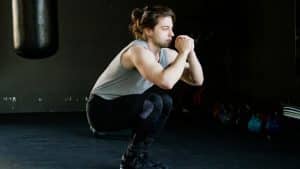Any time you’re involved in physical activity, from sports to a workout routine in your home, you probably make sure you’ve got all the right equipment. But if you’re not wearing the right sneakers, you’re not getting the most out of what you’re doing!
When you have the right footwear for your workout, game or training session, you will help prevent injuries and boost your own performance. If you don’t know what to look for, here are some handy tips for the next time you’re on the hunt for new sneakers.
Shoes for running
Traditional thinking for running shoes suggests that they should have enough cushioning to absorb any shock. However, some people in the running world advocate for more minimalist shoes with close to no conditioning. For now, there’s just not enough data to say which shoe type is actually better.
If you opt for cushioning, look at the overall control, flexibility, shock absorption, traction and weight. Pay close attention to how stable the heel counter–an insert used to reinforce the heel area of the shore–is. These are the features that can help prevent injuries and take your running game to the next level.
Shoes for aerobics
If you’re going to be doing cardio, aim for shoes that are lightweight. This will help prevent foot fatigue and you’ll get a better performance during your workouts. Since most stress in aerobic activity is placed on the ball of the foot, you should also look for shoes that have additional shock absorption in this area.
Shoes for tennis
Tennis enthusiasts need shoes that can handle shifts in weight and support the foot across fast side-to-side movement. Your tennis sneakers should provide stability on the outside and inside of the foot. It’s best to wear shoes with softer soles on soft courts and shoes with greater treads on hard courts for the best performance.
There are other special construction features that can make your sneakers more comfortable and help you avoid injury. A slip-lasted shoe, for example, is made with the upper sewed together and then glued to the sole. This makes the shoe more flexible and lightweight. Board-blasted shoes, on the other hand, have the upper part sewed to a cardboard material. If you have flat feet, this type of constriction may feel more supportive and give you better control.
Your sneaks can have an impact on your performance, so take the time to choose wisely!




